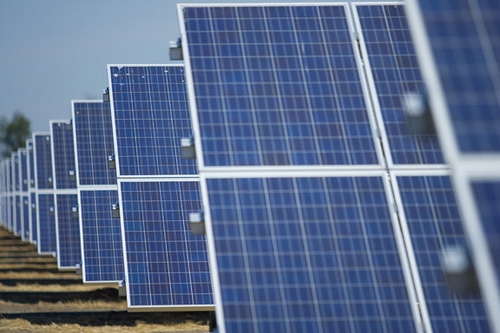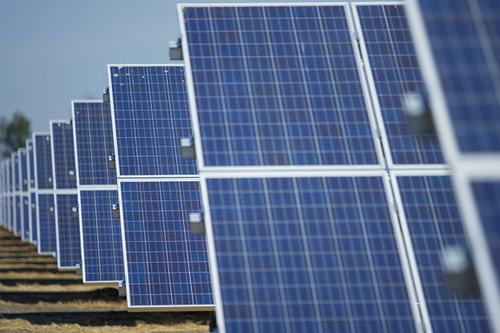 A solar station in Vacaville, California.Photo: PG&EIn another sign that photovoltaic power is poised to become a significant source of greenhouse gas-free electricity, California utility Southern California Edison on Monday announced it had signed deals to generate 831 megawatts from solar panel farms.
A solar station in Vacaville, California.Photo: PG&EIn another sign that photovoltaic power is poised to become a significant source of greenhouse gas-free electricity, California utility Southern California Edison on Monday announced it had signed deals to generate 831 megawatts from solar panel farms.
To put that in perspective, that’s nearly a third of the electricity to be generated by California’s decade-long program to install 3,000 megawatts’ worth of solar panels on residential and commercial rooftops by 2017.
Silicon Valley solar powerhouse SunPower will build three photovoltaic power plants in Southern California to produce 711 megawatts while Spain’s Fotowatio Renewable Ventures will develop four solar farms that will generate 120 megawatts.
The largest single project, to be built by SunPower in the desert town of Rosamond, will generate 325 megawatts. The projects will come online between September 2013 and November 2016.
“This is an unprecedented time for solar photovoltaic,” Marc Ulrich, the utility’s vice president for renewable and alternative power, said in a statement. “We’re seeing growth in technological advances and manufacturing efficiencies that result in competitive prices for green, emission-free energy for our customers.”
If all the projects are built, Southern California Edison said the seven solar farms would have the capacity at peak output to power more than 540,000 homes.
That increasingly has become a big if. Monday’s power purchase agreements — which must be approved by state regulators — come just two weeks after Southern California Edison canceled a five-year-old deal to buy 663.5 megawatts of electricity that was to be generated by the Calico gigantic solar thermal dish power plant to be built by Tessera Solar.
Neither the utility or Tessera would comment on why the contract was scuttled. But Tessera had struggled to secure the billions of dollars in financing needed to install 26,540 Stirling solar dishes on more than 4,000 acres of government-owned Mojave Desert land.
A week after it lost the Calico contract, Tessera sold the Calico project — which had just been approved by state regulators — to a little known firm called K Road Power. The new owner that said it would replace the solar dishes in a 750-megawatt first phase with — you guessed it — photovoltaic panels.



